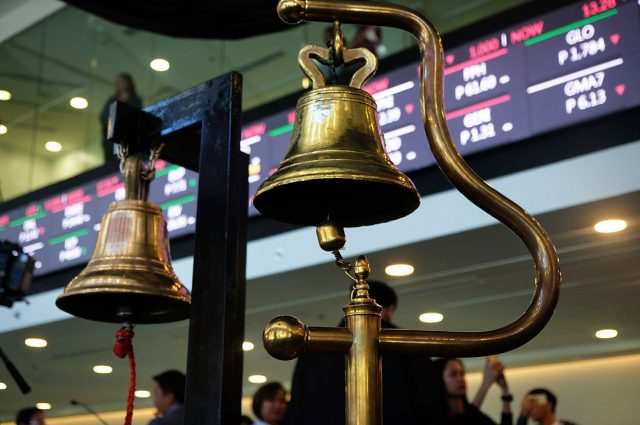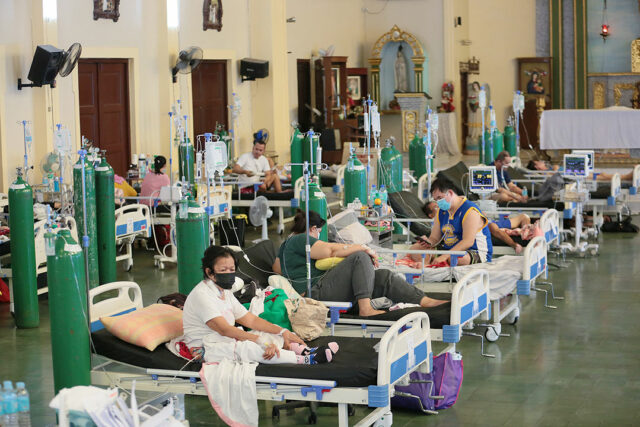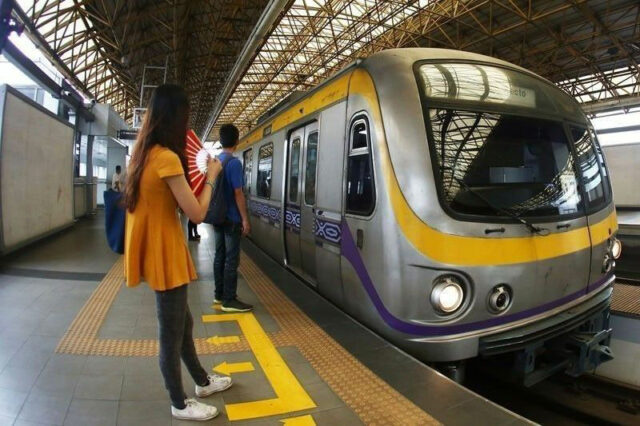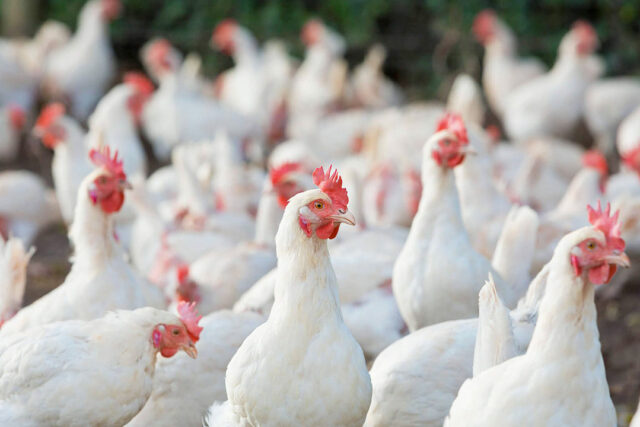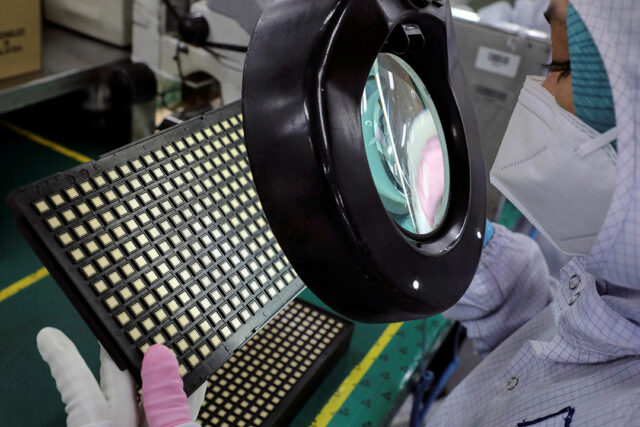PHL shares up as market awaits Fed statement
PHILIPPINE SHARES rebounded on Wednesday on bargain hunting as investors awaited the outcome of the US Federal Reserve’s policy meeting, which was set to be announced overnight.
The Philippine Stock Exchange index (PSEi) rose by 0.19% or 12.73 points to end at 6,619.09 on Wednesday, while the broader all shares index gained by 0.27% or 9.94 points to close at 3,597.71.
“Along with our Asian peers, the local bourse gained as investors bought bargains after the two consecutive days of market decline,” Philstocks Financial, Inc. Research Analyst Claire T. Alviar said in a Viber message.
“Investors were also awaiting the Fed’s meeting to gauge the future direction of interest rates and to know how dovish the Fed’s stance might be,” she added.
Asian indexes ended higher on Wednesday after the Bank of Japan raised interest rates in a mostly unexpected hawkish pivot, sparking gains for the Japanese yen, Reuters reported.
MSCI’s broadest index of Asia-Pacific shares outside Japan added over 1%, with Japan’s benchmark Nikkei closing up 1.5% at its highest for a week.
A Federal Reserve rate decision is due later in the day, with markets expecting the US central bank to stand pat on rates but indicate cuts are on the way.
Markets are fully pricing in a Fed rate cut of 25 basis points (bps) in September, with roughly 68 bps of easing priced in for the year.
“Philippine shares closed modestly higher following consecutive sessions of profit taking to close the month of July. Price action got a boost from Wall Street as traders rotated out of mega-cap technology stocks and braced for the Fed’s monetary policy decision,” Regina Capital Development Corp. Head of Sales Luis A. Limlingan added in a Viber message.
“According to CME’s FedWatch Tool, Fed funds futures indicate a strong likelihood that central bankers will keep rates steady at the 5.25% to 5.5% range. However, traders will primarily be watching for any hints from [Fed Chair Jerome H.] Powell about potential rate cuts in the near future,” he said.
Almost all sectoral indices closed higher, with property being the lone decliner, dropping by 1.24% or 32.37 points to 2,574.25.
Meanwhile, mining and oil rose by 1.66% or 136.23 points to 8,322.09; industrials increased by 0.98% or 90.02 points to 9,269.16; services went up by 0.8% or 16.10 points to 2,017.25; holding firms added 0.38% or 22.20 points to end at 5,776.77; and financials climbed by 0.07% or 1.55 points to 1,990.27.
“Among the index members, ACEN Corp. was at the top, increasing by 4.77%, while Wilcon Depot, Inc. was at the bottom, losing 2.23%,” Ms. Alviar said.
Value turnover rose to P5.62 billion on Wednesday with 421.19 million shares changing hands from the P4.63 billion with 739.53 million issues traded on Tuesday.
Advancers beat decliners, 92 to 86, while 63 issues were unchanged.
Net foreign selling went down to P19.79 million on Wednesday from P607.78 million on Tuesday. — R.M.D. Ochave with Reuters

